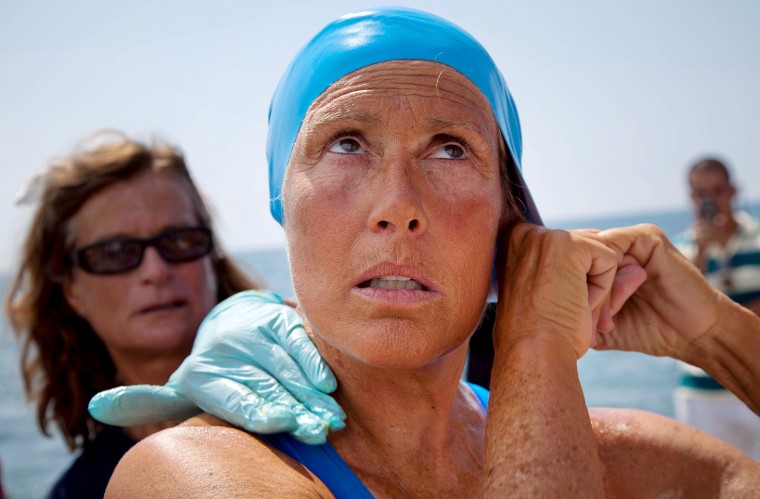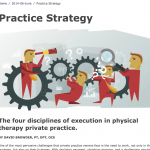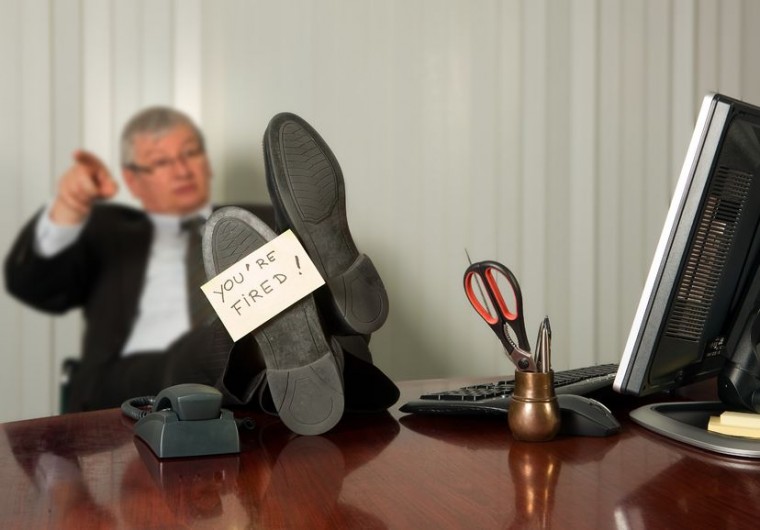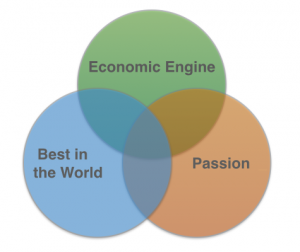
Last weekend, I had the pleasure of listening to Diana Nyad speak at the 2014 TeamBeachBody Coach Summit. This amazing lady shared the story of her lifelong goal of swimming from Cuba to Florida, which she achieved at age 64. I vaguely remembered seeing this on the news last year, but I failed to realize just how impossible this swim is.
103 miles in the open ocean, through waters teeming with sharks and jellyfish. In the 30 years since she failed the first time (still setting a world record by swimming to the Bahamas instead) nobody had broken her record. To be honest, part of me thought that wanting to do this in the first place must be a special kind of insanity. Then she said this:
It’s not about what you get, it’s about who you become
This really struck me. What if I could apply the mindset of arguably the world’s toughest athlete to my own life and endeavors?
Its easy for me to stay in my comfort zone and to complete my daily work without ever really stretching myself. I’ve always wanted to write a book. Its a scary proposition, though… what if nobody wanted to read it? What if I put all that work into it and then it didn’t go anywhere? Its always seemed like an impossible goal.
Diana told us that achieving her goal wasn’t what made the difference… striving for the goal defined her, fulfilled her and allowed her to build a tremendous resilience. She failed and failed and failed until she finally succeeded. The most important thing she did was to try.
I think I’ll take that little quote, put it in my journal and try to be a person that fails at massive goals. After all, that’s exactly who Diana was when she started her fifth and final try at that impossible swim.
Do you have an impossible goal?



 Stacy (not her real name) was a pretty good DOFI. DOFI stands for ‘Director of First Impressions’, a title shared by all of our front desk personnel. All the patients loved her and she took care of the data entry and scheduling portion of her job well enough. The downside was that she was often late and her ‘sick days’ tended to fall on the Friday before a 3-day weekend. I must have put up with a half-dozen ‘throat hurting’ and family emergencies (I think her grandmother died twice) and way too much aggravation before she finally pushed me over the edge. After a very dramatic sick call, she posted some great pics from the lake on Facebook! We let her go the next day, only to find out that she had been stealing co-pays from patients for on and off for over a year.
Stacy (not her real name) was a pretty good DOFI. DOFI stands for ‘Director of First Impressions’, a title shared by all of our front desk personnel. All the patients loved her and she took care of the data entry and scheduling portion of her job well enough. The downside was that she was often late and her ‘sick days’ tended to fall on the Friday before a 3-day weekend. I must have put up with a half-dozen ‘throat hurting’ and family emergencies (I think her grandmother died twice) and way too much aggravation before she finally pushed me over the edge. After a very dramatic sick call, she posted some great pics from the lake on Facebook! We let her go the next day, only to find out that she had been stealing co-pays from patients for on and off for over a year.








